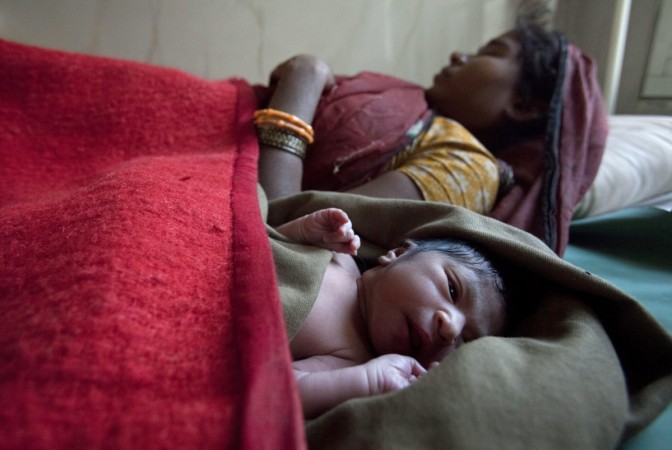About 830 women die from preventable causes related to pregnancy – or childbirth – related complications around the world every day. They die from preventable causes related to pregnancy and child birth.
It was estimated that in 2015, roughly 303,000 women die during and following pregnancy and childbirth. Almost all of these deaths occurred in low-resource settings, and most could have been prevented. Maternal mortality is higher in women living in rural areas and among poorer communities.
Between 1990 and 2015, the global maternal mortality ratio (the number of maternal deaths per 100 000 live births) declined by only 2.3 per cent per year. However, increased rates of accelerated decline in maternal mortality were observed from 2000 onwards. In some countries, annual declines in maternal mortality between 2000-2010 were above 5.5 per cent.
Seeing that it is possible to accelerate the decline, countries have now united behind a new target to reduce maternal mortality even further. As part of the Sustainable Development Goals, between 2016 and 2030, the target is to reduce the global maternal mortality ratio to less than 70 per 100 000 live births, with no country having a maternal mortality rate of more than twice the global average.
The high number of maternal deaths in some areas of the world reflects in inequities in access to health services, and highlights the gap between rich and poor.
Almost all maternal deaths (99 percent) occur in developing countries. More than a half of these deaths occur in sub-Shaharn Africa and almost one third occur in South Asia. More than a half of maternal deaths occur in fragile and humanitarian settings.
The maternal mortality ratio in developing countries in 2015 is 239 per 100 000 live births as against 12 per 100 000 live births in developed countries. There are large disparities between countries, but also within countries and between women with high and low income and those women living in rural versus urban areas.




